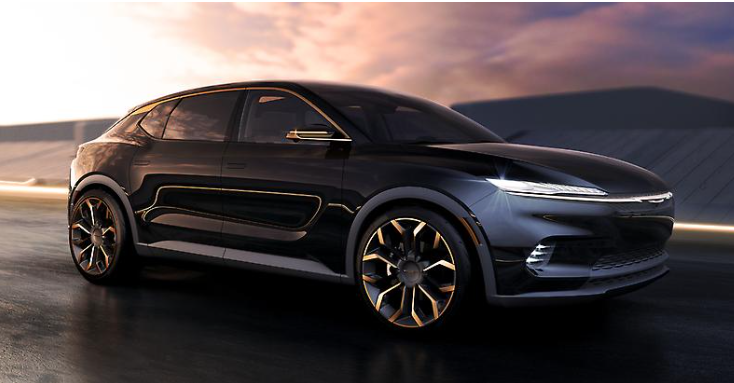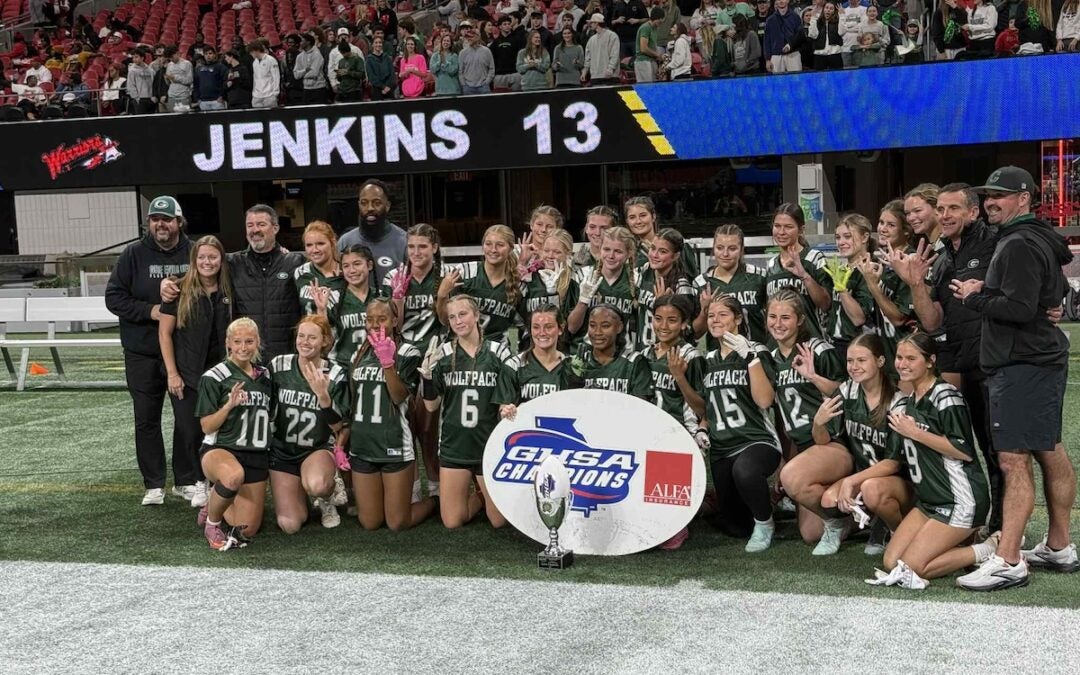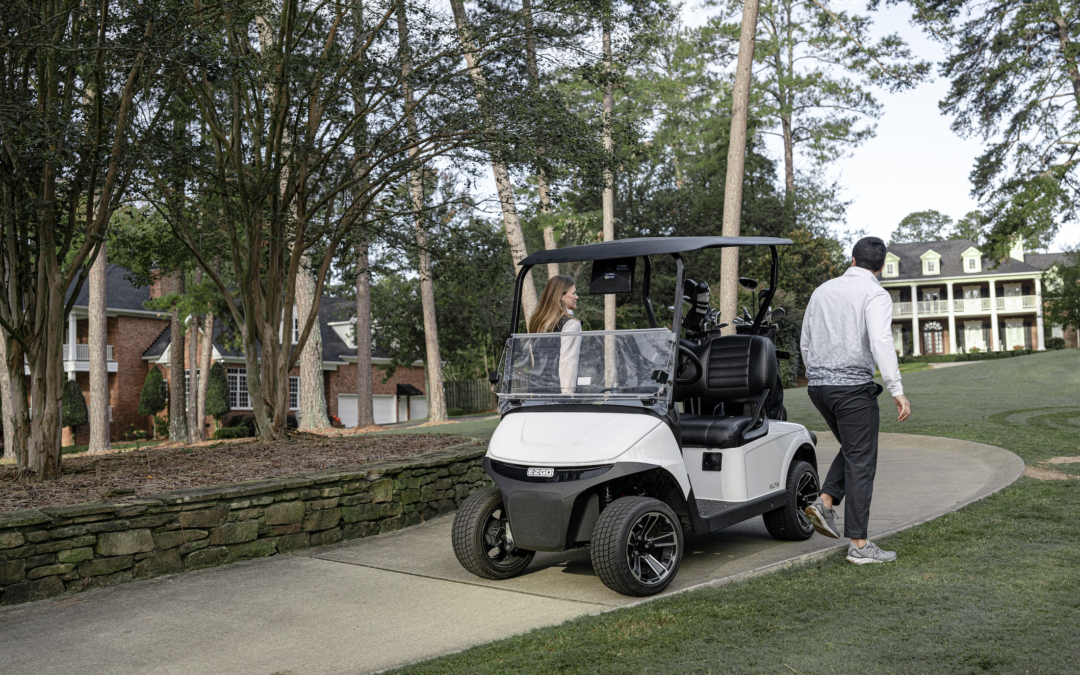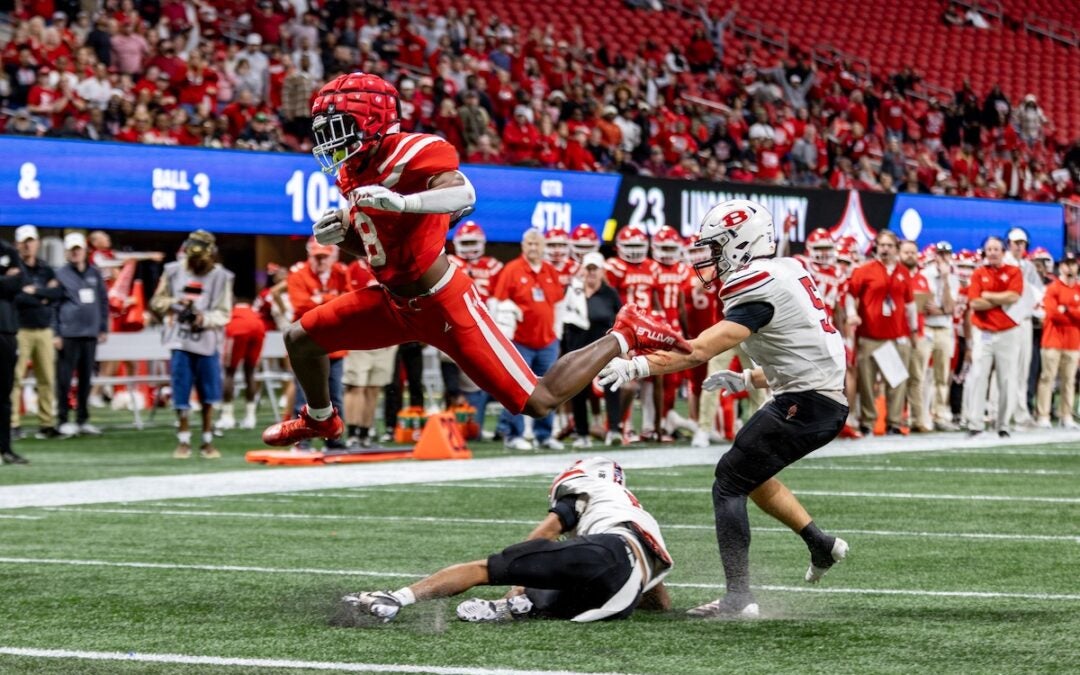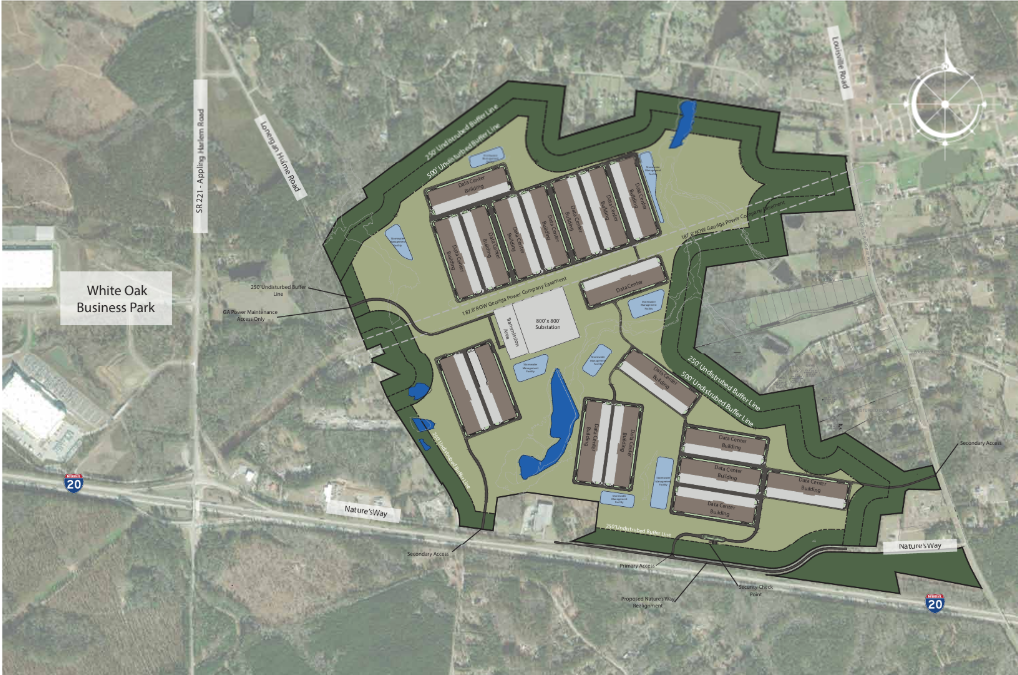Chrysler has had more close calls than Evel Knevel and more corporate spouses than Elizabeth Taylor; but it appears that Mopar may be finally approaching the end of the road.
Many auto commentators agree that Chrysler, which is now owned by Stellantis, is no longer a car company, but simply a brand, and a brand that has no flagship offering.
The entire 2024 Chryler lineup consists of one vehicle, the Pacifica, which is a plug-in hybrid minivan. Not only is the minivan an obsolete platform, the 2024 version’s styling looks like something straight out of 2010.
According to Topspeed, Chrysler, along with Stellantis’ other brands, plans to go totally electric by 2028; this announcement popped the bubble of anticipation of Chrysler’s plans to introduce its new Airflow crossover.
If it does indeed make it to production, the Airflow will be all-electric.
Debuting in 1925, Chrysler never made it to the number one slot of the Big Three, but in its first 40 years, Chrysler was ahead of the pack when it came to engineering and innovation.
In fact, during that period, Chrysler only experienced one major hiccup with the 1935 Airflow which failed to be a sales success.
However, the Airflow was not a bad car at all. In fact, the model failed because it was so ahead of its time and people were not ready to graduate from a “Tin Lizzy” to something that looked like a spaceship.
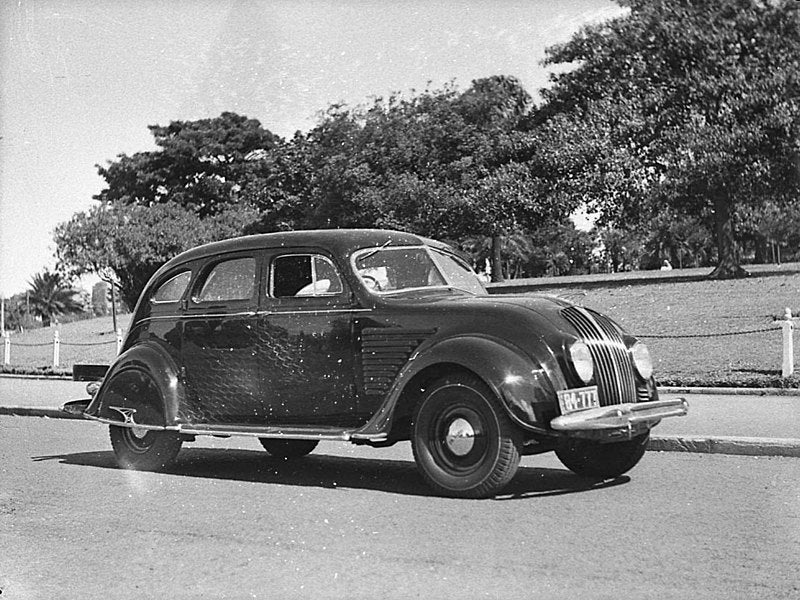
At the time when other car makers were marketing gimmicks such as “speed control,” which was nothing but an annoying buzzer that would go off if the vehicle went faster than the preset speed; Chrysler was developing four-wheel hydraulic brakes, the Fluid Drive transmission that did away with the flywheel and automatic overdrive.
In the 1950s, the company brought in Virgil Exner as lead designer, and his 1957 – 1961 “Forward Look” designs blew the industry away with styling that made the cars look like they were moving when at a standstill.
However, after the initial success, Exner went a bit crazy with his designs, and the post-1961 vehicles had weird headlight placement and lines that were confusing to say the least. It was almost as if Exner had directed his staff to come up with something even uglier than the Edsel, if that was possible.
Aside from Imperial, which went back and forth between being a Chrysler offering and its own marque, much of the Mopar lineup was relegated to being police squad units or other fleet type of cars.
By relying on fleet sales, Chrysler lost a huge part of its luxury market as no one wanted to be seen driving a dolled-up taxi.
By the early 1980s, Chrysler was on the brink of bankruptcy; however, a nice loan from Uncle Sam and the K-Car concept, developed by Chairman Lee Iacocca, breathed life back into the company.
The minivan, pioneered by Chrysler, nearly pushed the company to the number one slot and brought much needed financial stability.
Flush with cash, what did Chrysler do? Spend it, of course!
Chrysler did not reinvest in the brands it already had but decided to buy AMC, a company that only had one viable product line left: Jeep.
When the sale was announced, AMC still had warehouses full of parts, so Chrysler cobbled together the Eagle brand and offered what was the first true crossover; however, like the Airflow, the concept was too ahead of its time.
Meanwhile, the Chrysler sister-brands, Plymouth and Dodge suffered from styling neglect and Chrysler did not even try to rebadge models. Both Plymouth and Dodge offered the “Neon” which was the same car, same colors, same engines and even the same name.
When it was announced in 1998 that Chrysler would merge with Mercedes, prospects were high, and they soared further when the new company unveiled the “Cab Forward” design.
However, it soon became clear that this was not a merger, but a shotgun wedding with Chrysler being anything but an equal partner.
Rather than American styling meets German engineering, it was like breeding a great dane and a standard poodle and getting the worst traits from both breeds in one dog.
Richard Johnson, writing for Automotive News, called the merger “apocalyptic.” In fact, what was really a hostile takeover sullied both brands.
Once the Diamler/Chrysler marriage bit the dust, Chrysler took off like a starlet looking for a new conquest and held the auto industry’s version of a Las Vegas wedding with Fiat.
Since then, Chrysler has promised much and offered nothing new. According to Topspeed, Fiat has not put any money towards new development at Chrysler and it is likely because Fiat specializes in producing compact European cars and not American land yachts.
Now, just as EV sales have hit a near rock bottom, what does Chrysler intend to do next? Why, go all-electric, of course.
It is likely just a matter of time before Fiat throws in the towel and Chrysler will simply be the topic of conversation of old gearheads like me.
See you on the road!
Scott Hudson is the Senior Investigative Reporter and Editorial Page Editor for The Augusta Press. Reach him at scott@theaugustapress.com

